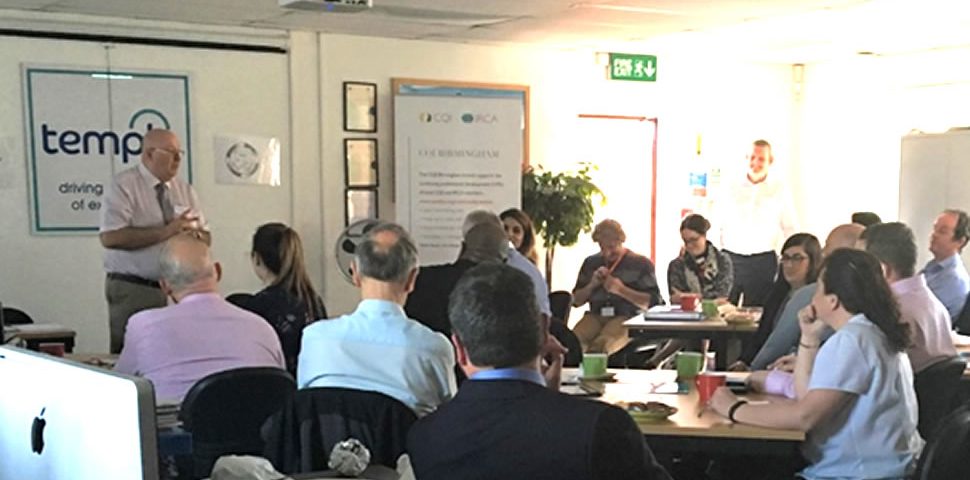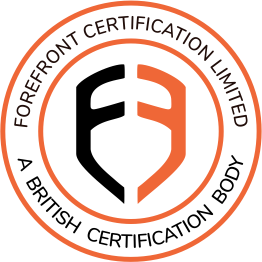ISO 45001:2018 – How effective is your emergency preparedness and response?
ISO 45001:2018 – How effective is your emergency preparedness and response?

ISO 45001:2018 – How effective is your emergency preparedness and response?
8.2 Emergency preparedness and response
Another great CQI event on ISO45001 last Friday. No surprises, that Leadership is key, and we must be ensuring competent people are in the right roles to establish, implement and maintain the processes for emergency situations.
All organisations, regardless of size or activity must address the hazard identification and risks to respond to potential emergency situations. How often are we trying to adapt to meet the needs of our customers? – extending our shift patterns – adding extra shifts to accommodate our customer needs and meeting the demands of our interested parties. One of the scenario’s that was highlighted was an 8.00am start of shift -major accident, during a catalogue of events it came to light no First Aid cover was available. The accident involved caused quite a nasty injury, the business has Certification to all three core Standards, but lack of emergency preparedness and response review became quite apparent.
Prevention / hazard identification is critical to tackling worker safety, we need to manage all our risks to ensure process efficiency. Apart from the devastating personal impact, this then leads to loss of key worker, business interruption on meeting your orders on time, claims, reputational damage and so on.
Organisations must ensure that emergency plans are reviewed and ready to be deployed so the everyone involved can respond effectively.
Identifying events
The obvious starting point for emergency planning is the identification of what emergencies there might be. Most organisations identify fire as a possible emergency and consider first aid requirements for accidents and ill health, but as you can understand it goes well beyond that.
- Fire
- Injury / Illness
- Spills and leaks
- Rescue from confined space
- Utility Failure
- Adverse weather – snow, wind, flooding
- Bomb Threat
- Security Incident
- Violence and Aggression
There are also many other things that can create emergencies including flooding, terrorism, vandalism, theft and food poisoning caused by an organisation’s canteen etc.
Your organisation needs to identify potential emergency situations, assess OH&S risks associated with these emergency situations and maintain a process to prevent or minimise OH&S risks from potential emergencies.
Tips:
- Focus on roles and responsibilities
- Practice response in desktop exercises
- Provide simple instructions to all emergency team members
- Establish good communications for emergency team, e.g. radios
Think detail – who will guide emergency services to the incident?
What information needs to be available to emergency services, what cover is needed on shifts? who will deputise for key roles?
For further information about our ISO 45001 courses, then please select from the link below or call us on +44 (0)121 726 2999 to discuss your requirements.
Useful links:
https://www.forefrontcertification.co.uk/training/iso-45001-health-safety/




